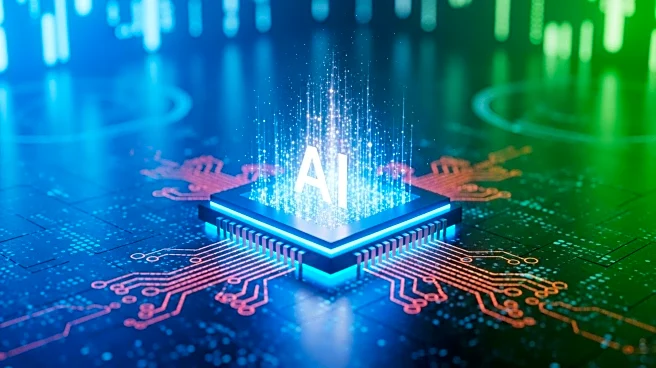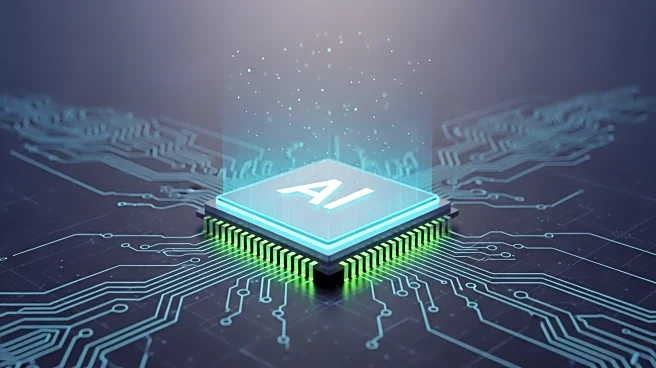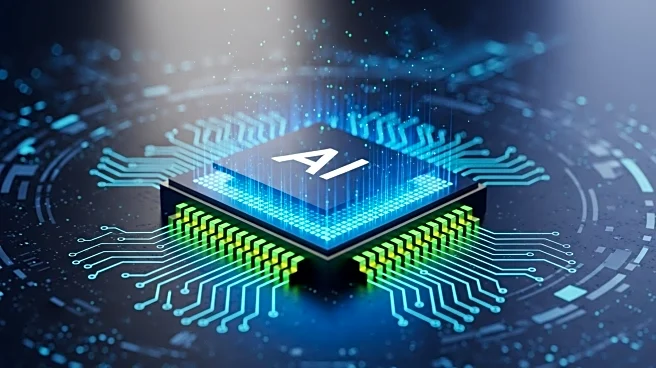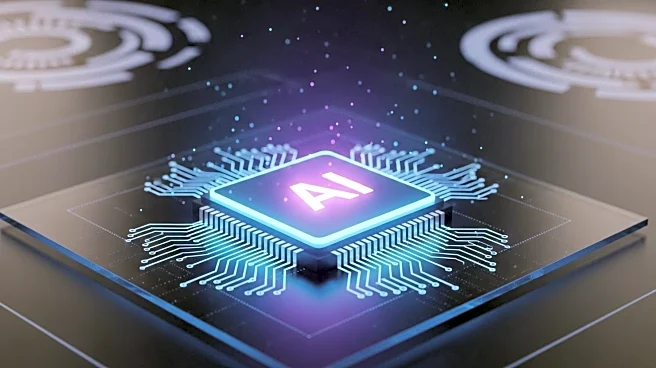What's Happening?
The rise of AI-driven networks is challenging traditional capacity planning models, as autonomous systems create unpredictable traffic patterns. Enterprise AI is expanding beyond data centers to edge environments, campuses, and branch networks, requiring new approaches to network visibility, adaptability, and capacity planning. Unlike human-driven traffic, AI interactions are continuous and context-aware, generating complex data flows that defy legacy peak-planning models. This shift necessitates networks that can dynamically reallocate resources and prioritize agent-to-agent flows in real-time.
Why It's Important?
The transition to AI-driven networks represents a fundamental shift in how enterprises manage network capacity and performance. Traditional methods of over-provisioning for peak traffic are becoming obsolete, as AI systems generate unpredictable and essential traffic bursts. This evolution requires networks to be more elastic and application-aware, capable of adapting to real-time demands. The ability to efficiently manage AI-driven traffic is crucial for maintaining performance and resilience, impacting industries that rely on AI for operations and decision-making.
What's Next?
Enterprises will need to invest in technologies that enable dynamic path selection and real-time resource allocation to accommodate AI-driven traffic. This may involve integrating advanced networking solutions that prioritize AI interactions and enhance security measures. As AI continues to evolve, network architects will need to develop strategies that balance capacity, performance, and security. The industry is likely to see innovation in networking solutions that address the unique challenges posed by AI-driven traffic.
Beyond the Headlines
The shift towards AI-driven networks could lead to broader changes in network architecture and design principles. It may drive advancements in network automation and intelligence, enabling more efficient and responsive systems. Additionally, the focus on real-time adaptation and security in AI networks could influence future developments in cybersecurity and data privacy, as enterprises seek to protect sensitive information in increasingly complex environments.










